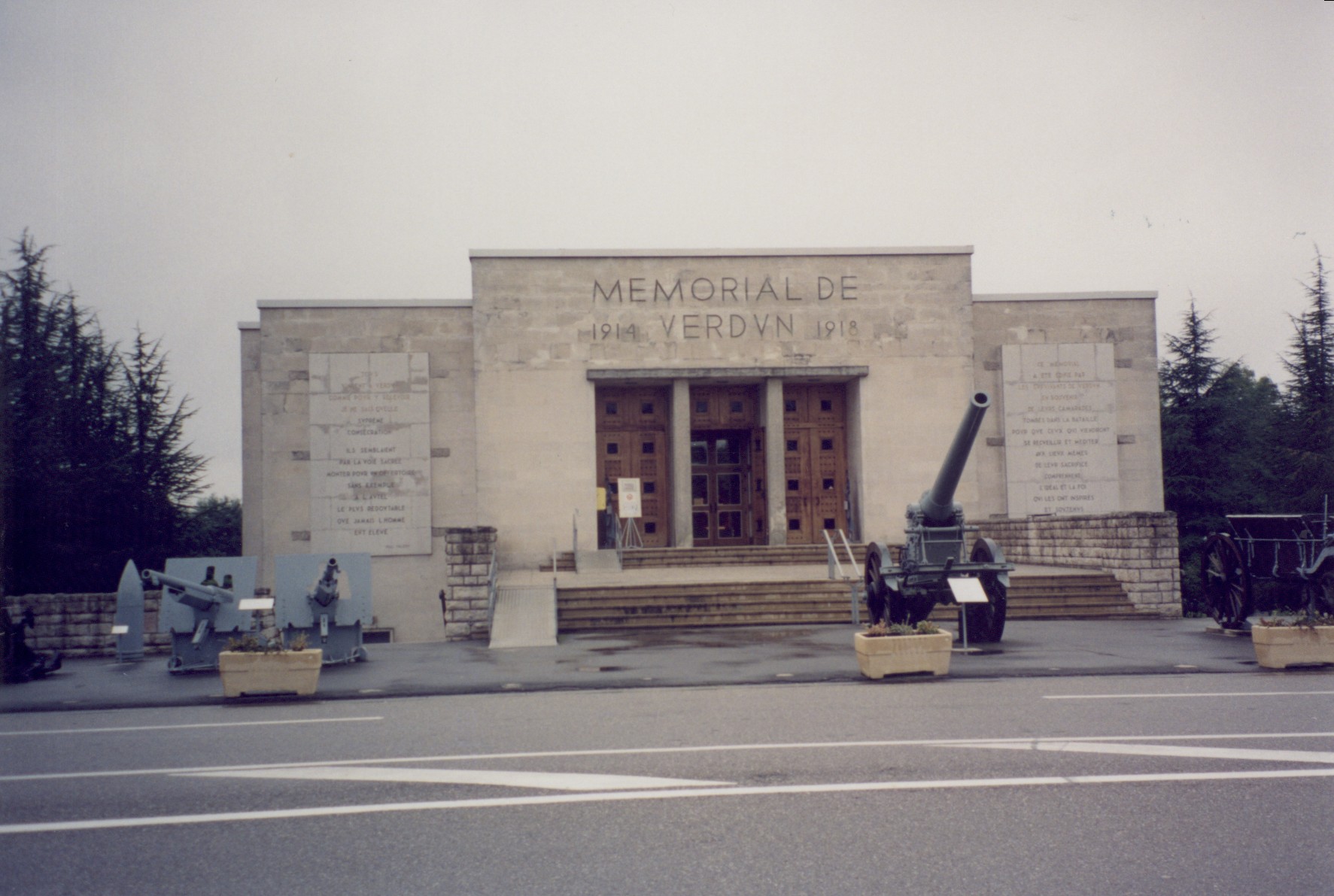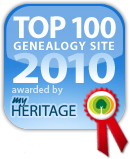The information contained within a source, whether the source is original or derivative, may be Primary Information or Secondary Information.
PRIMARY INFORMATION: details originally recorded at the time or close to the time of an event by a participant, eyewitness, or official recorder of the event.
Even if details in a record qualify as Primary Information, Primary Information does not guarantee that the information is accurate . Errors might have made when the details were recorded . Nonetheless, Primary Information is usually the most accurate information available, as long as the details are recorded by someone capable of understanding the significance of the information and does so without bias . Frequently, the recorder is someone acting in an official capacity, such as a Registrar, Clerk, Secretary, Minister of the Peace, or Priest.
SECONDARY INFORMATION: details originally recorded at a time or place distant from the original event or by a person who was not either a participant, eyewitness, or official recorder of the event.
Secondary Information, since it is generally recorded at a much later time than the actual event or by someone who does not have first-hand knowledge of the event, may be less reliable than Primary Information . As with Primary Information, the quality of Secondary Information is subject to the qualifications of the person who recorded it.
I have placed one qualifier in the definitions of Primary and Secondary Information that most genealogical references do not, in that I have defined Primary and Secondary Information in terms of when the details were originally recorded . Thus, a transcript may be a Derivative Source, but the transcript may include Primary Information if the source from which it was transcribed contains Primary Information . Primary Information in a Derivative Source is, however, subject to the potential flaws of the source itself.
A source often contains both primary and secondary information .  For example, a Death Certificate usually contains Primary Information about the death itself, but may also include Secondary Information about the birth of the decedent.
Bibliography:
Devine, Donn. “Reliable Information- Whatever the Source: The Key to Sound Research.” Ancestry Magazine 19 (January/February 2001) . Online <http://www.ancestry.com/learn/library/article.aspx?article=3657> . 19 August 2006.
Leary, Helen F. M . “Part 1: Definitions” Evidence Analysis, A Workshop, 1999 NGS Conference in the States, National Genealogical Society (Arlington, Virginia: NGS, 1999).
The Board for Certification of Genealogists, The BCC Genealogical Standards Manual. Orem, Utah: Ancestry Publishing, 2000.










